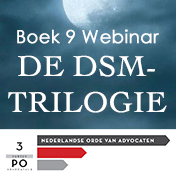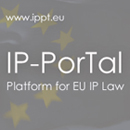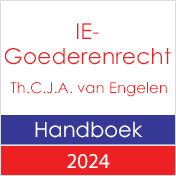
World IP Review, Michiel Rijsdijk: "On the surface, the CJEU’s judgment is clear, and seems to define legal hyperlinking. But things are not what they seem, as the judgment has loose ends. The CJEU speaks, for example, of authors when they authorised the initial communication to the public. But what of the scenario, as in the Dutch case, where no authorisation was ever given to put the content online? It would seem that in this case the public is always ‘new’ as the author has never given permission and thus never intended the public to see his or her work. But the ‘linker’ cannot always know if he or she provides a link to legal or illegal content, so this seems unreasonable.
The CJEU also seems to suggest that hyperlinking and embedding are interchangeable concepts. But embedding allows for partial communication of copyrighted content. Imagine for instance an image with explanatory text next to it. Through embedding, it is possible to only show the image. It can be argued that this creates a different viewing ‘experience’, and thereby a new public for the image. A Dutch copyright protection organisation, Buma/Stemra, does not seem to agree, however, as it recently lifted its ‘embedding tax’ as a result of the preliminary ruling.
According to the CJEU, with a new kid on the block, hyperlinking and embedding are infringing. But the judgment requires refinement. The CJEU has not called on the Advocate General’s opinion, and it shows. There are several scenarios that require a deeper understanding and more research into the relationships between hyperlinking, embedding and communication to the public."
Lees hier meer. Het Svensson/Retriever-arrest vindt u hier.


























































